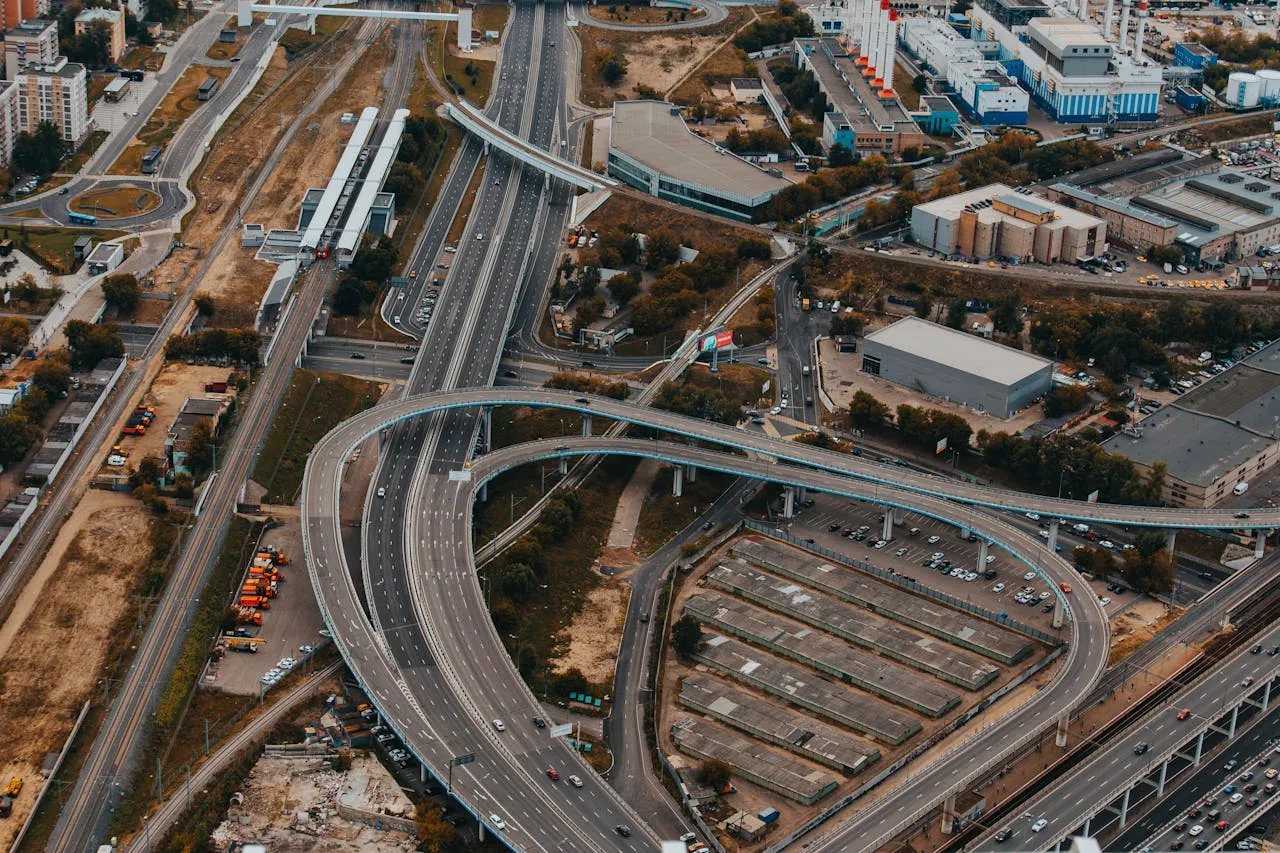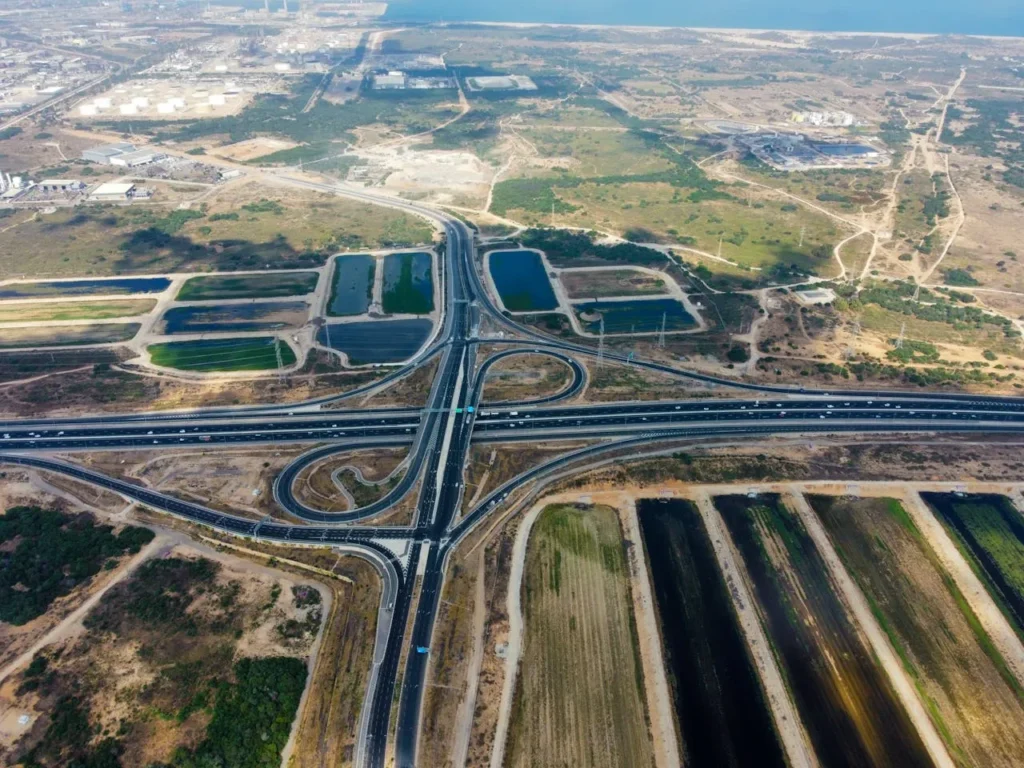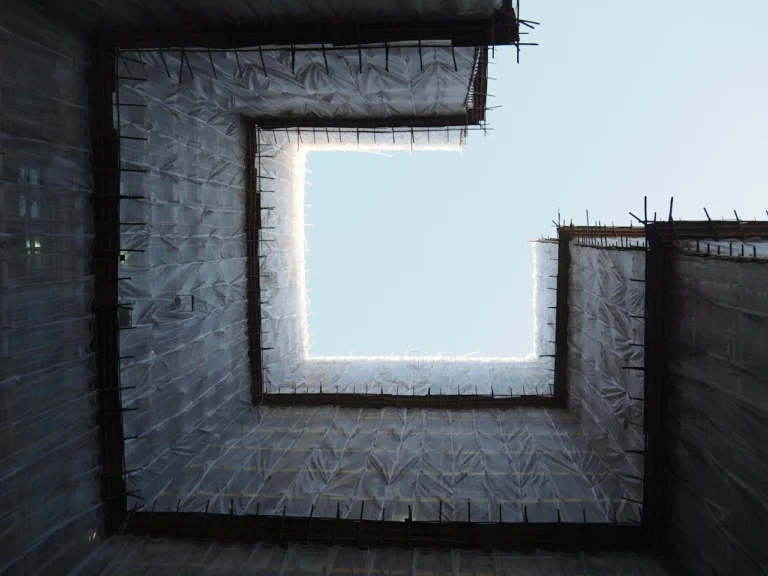
Balfour Beatty VINCI Completes HS2 Delta Junction Viaduct
Balfour Beatty VINCI has successfully completed the first major viaduct at HS2’s Delta Junction in North Warwickshire, marking a significant milestone in the construction of the UK’s high-speed rail project. This achievement highlights the progress being made on the crucial railway infrastructure that will connect London, Birmingham, and the North.
Innovative Construction Methods for Efficient Delivery
A dedicated team of 40 professionals from Balfour Beatty VINCI employed an innovative cantilever construction technique to build the 472-meter single-track River Tame West Viaduct. This method, used for the first time in the UK, involves assembling pre-cast concrete segments span-by-span, providing a more efficient and flexible approach to bridge construction.
Work on the viaduct’s supporting piers began in 2023, followed by the deck construction phase in early 2024. Since then, 190 pre-cast concrete segments have been lifted and positioned using the specialist cantilever method. The viaduct will ultimately support three rail tracks, consisting of one single-track structure and one double-track structure. With the completion of the single-track viaduct, work has now commenced on the adjacent double-track viaduct.
Delta Junction: A Complex Rail Intersection
The River Tame West Viaduct is part of the larger Delta Junction, a vital triangular section of the HS2 railway network that enables high-speed trains to travel between London, Birmingham, and northern destinations. Delta Junction consists of 13 viaducts spanning more than 10 kilometers, carrying HS2 over rivers, existing rail lines, local roads, and motorways.
Nicolas Gallone, Pre-cast Segmental Viaducts Project Manager at Balfour Beatty VINCI, emphasized the significance of this milestone:
“This is the first time in the UK we’ve used this innovative technique to build segmental viaducts. The method relies on cable stays from a cantilever structure to maintain stability, while a mast and swivel crane carefully place each segment. This approach allows for greater efficiency and adaptability. It’s a tremendous achievement for the entire team, and we are now applying this technique to the remaining eight pre-cast segmental viaducts within Delta Junction.”
Sam Hinkley, Lead Senior Project Manager for Delta Junction at HS2 Ltd, acknowledged the team’s effort and the complexity of the work:
“The completion of the River Tame West single-track viaduct is a major milestone for the Delta Junction team. This section of the HS2 network requires a sophisticated engineering solution, involving the construction of 13 interconnected viaducts that will carry high-speed trains over motorways, existing railway lines, rivers, and floodplains. Nearly 10,000 people in the West Midlands are contributing to this world-class infrastructure project, which will be a foundation for the future of Britain’s rail network.”
A Highly Complex Construction Environment
Delta Junction is one of the most intricate sections of the HS2 project. Alongside the River Tame West Viaduct, work is also progressing on the single-track River Tame East Viaduct and the two Water Orton Viaducts, which run parallel to the completed structure. These viaducts, when finished, will form an essential link between the high-speed line and the existing rail network.

The cantilever method, which is being used to construct nine of the 13 viaducts within Delta Junction, has been implemented in the UK for the first time. The process, which spans a total of 6,500 meters, involves installing pre-cast concrete segments that are produced at HS2’s dedicated factory in Lea Marston.
The two River Tame West Viaducts extend across the River Tame near Water Orton and connect with the Curdworth Box, an engineering structure designed to carry HS2 trains over the existing Birmingham-to-Derby railway line.
Advanced Engineering and Construction Techniques
Construction of the 20 piers supporting the River Tame West Viaducts began in 2023, with the first spans of the three-track section completed in the spring of 2024. The initial phase of deck construction involved placing concrete segments onto two 42-meter truss beams, which were then moved into position using a skidding trolley and secured with post-tensioning techniques.
Subsequently, the cantilever structure was assembled, incorporating a 22-meter-high mast, temporary post-tensioning cable stays, and a 14-meter-high swivel crane. This crane precisely lifts and positions each concrete segment, completing spans that measure approximately 45 meters in length. After each segment is secured, the temporary cable stays are removed, leaving a permanent, structurally sound viaduct. This process is repeated for each section until the entire viaduct is completed.
The segmental construction technique was originally developed by Campenon Bernard, now part of VINCI Construction, and the mast and swivel crane utilized for this project were designed and manufactured by BERD, a leading engineering firm.
A Collaborative Effort with a Far-Reaching Impact
Currently, a team of 40 professionals is working on the project, with plans to install a total of 2,742 concrete segments across all nine segmental viaducts in Delta Junction using this specialized technique. The entire deck installation is expected to be completed by late 2026.
Upon completion, HS2 will significantly enhance the UK’s rail network by providing faster and more reliable services between London and the West Midlands. The high-speed line will integrate with the existing railway system to enable seamless connections to the North. Additionally, HS2 will relieve congestion on the busiest sections of the West Coast Main Line, creating additional capacity for local and freight rail services.
The completion of the River Tame West Viaduct marks a significant step forward in the delivery of HS2’s complex infrastructure. As work progresses on the remaining viaducts, Balfour Beatty VINCI and HS2 Ltd remain committed to innovation and excellence, ensuring the project delivers long-term benefits for passengers, local communities, and the broader UK transport network.





